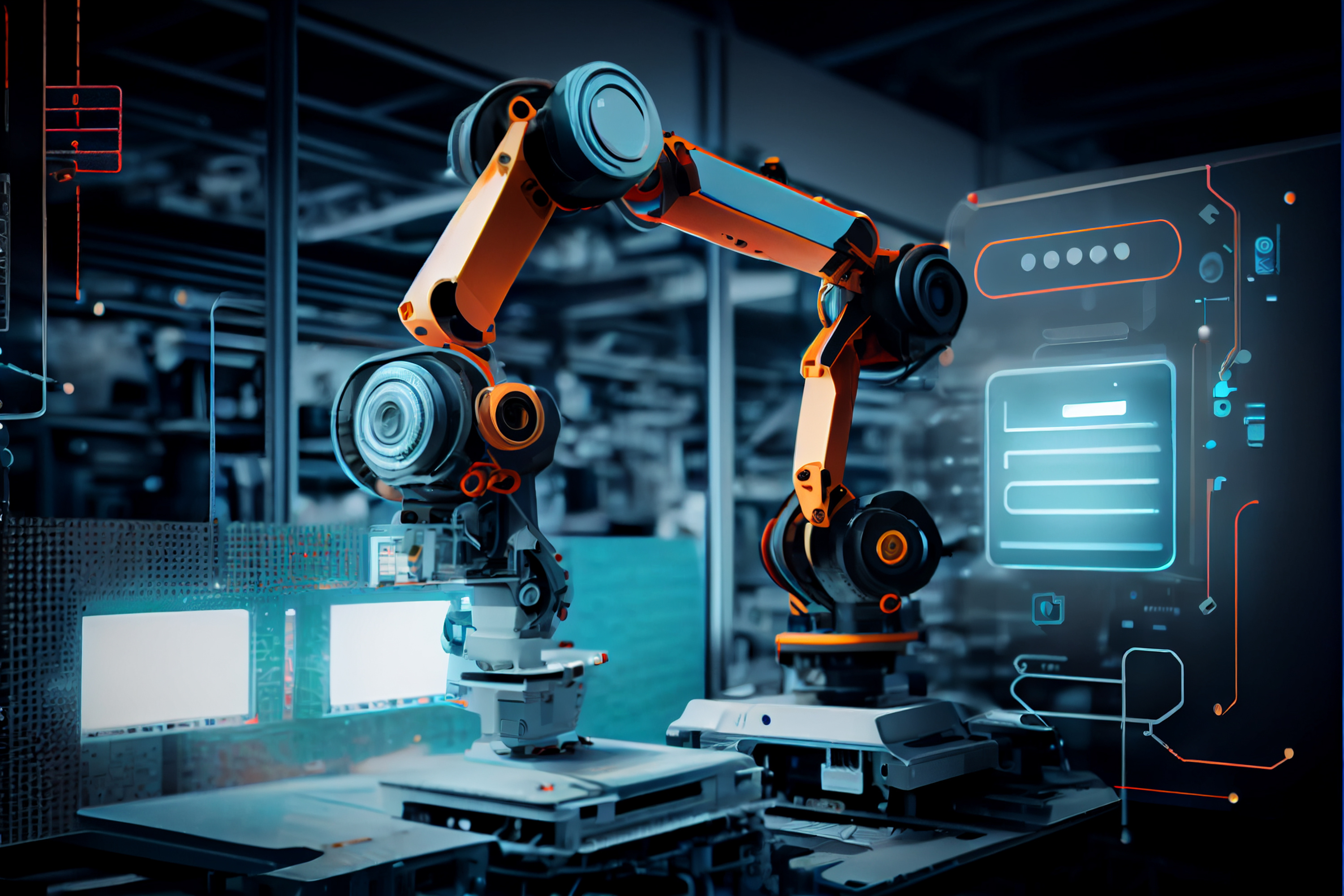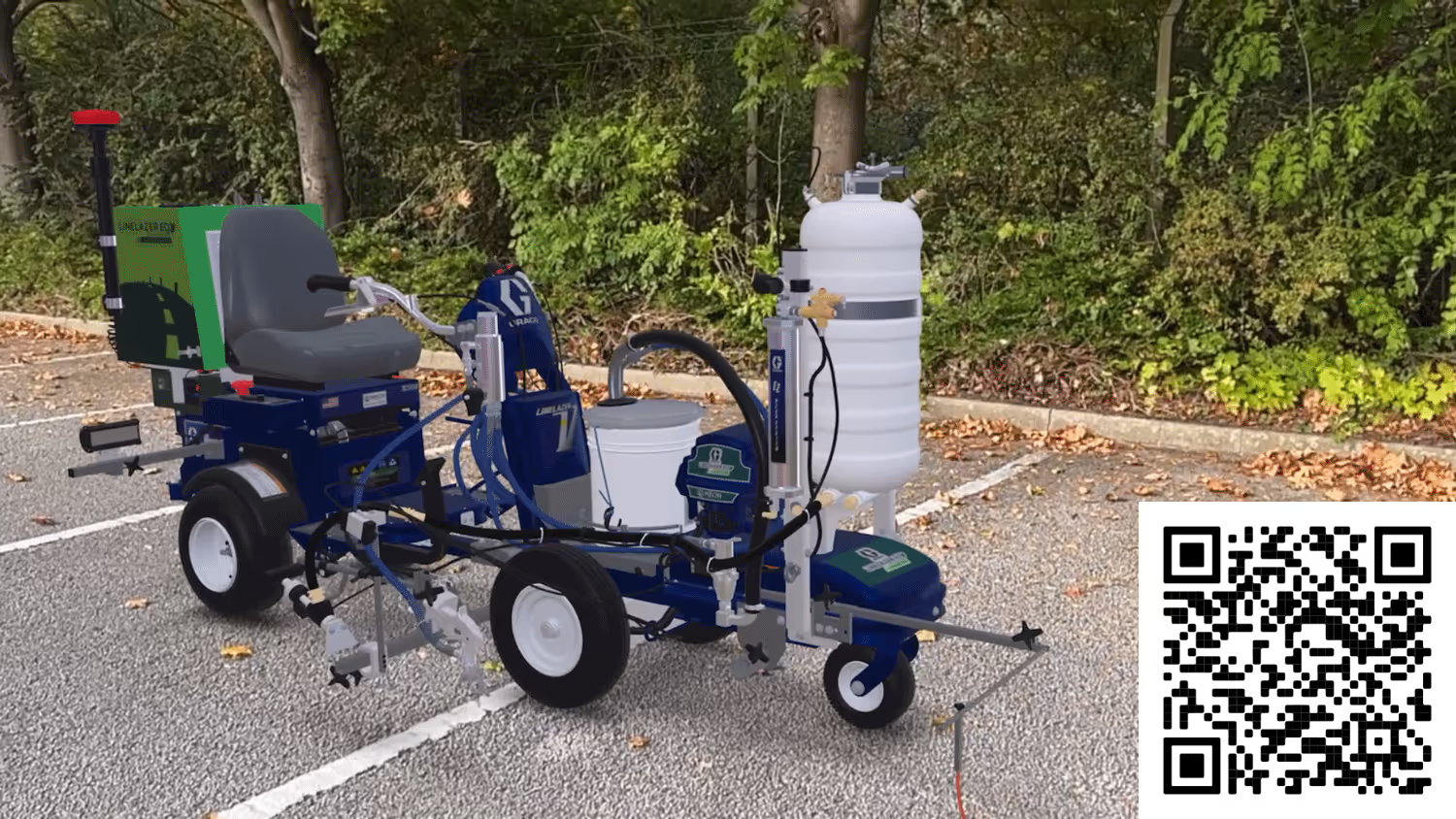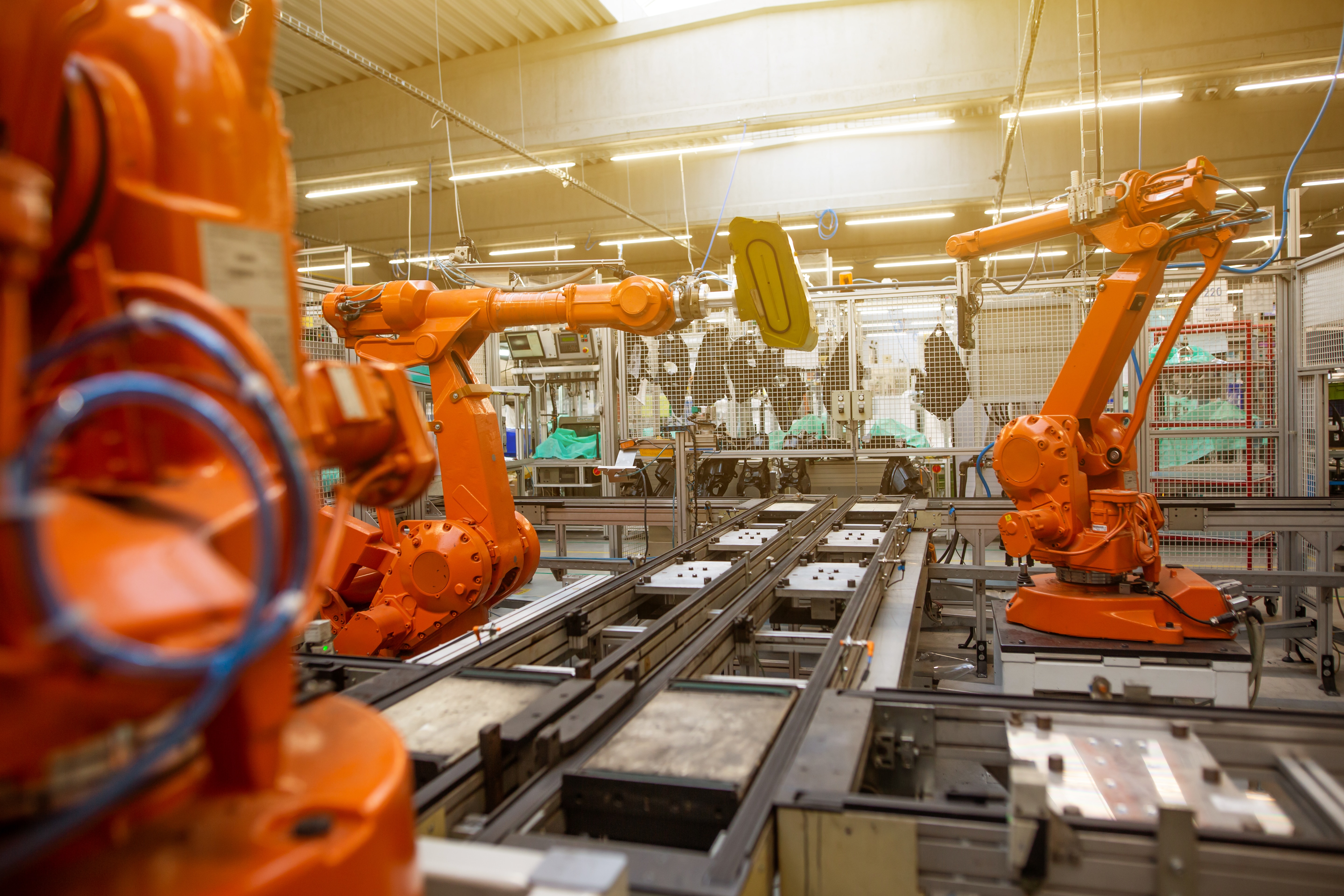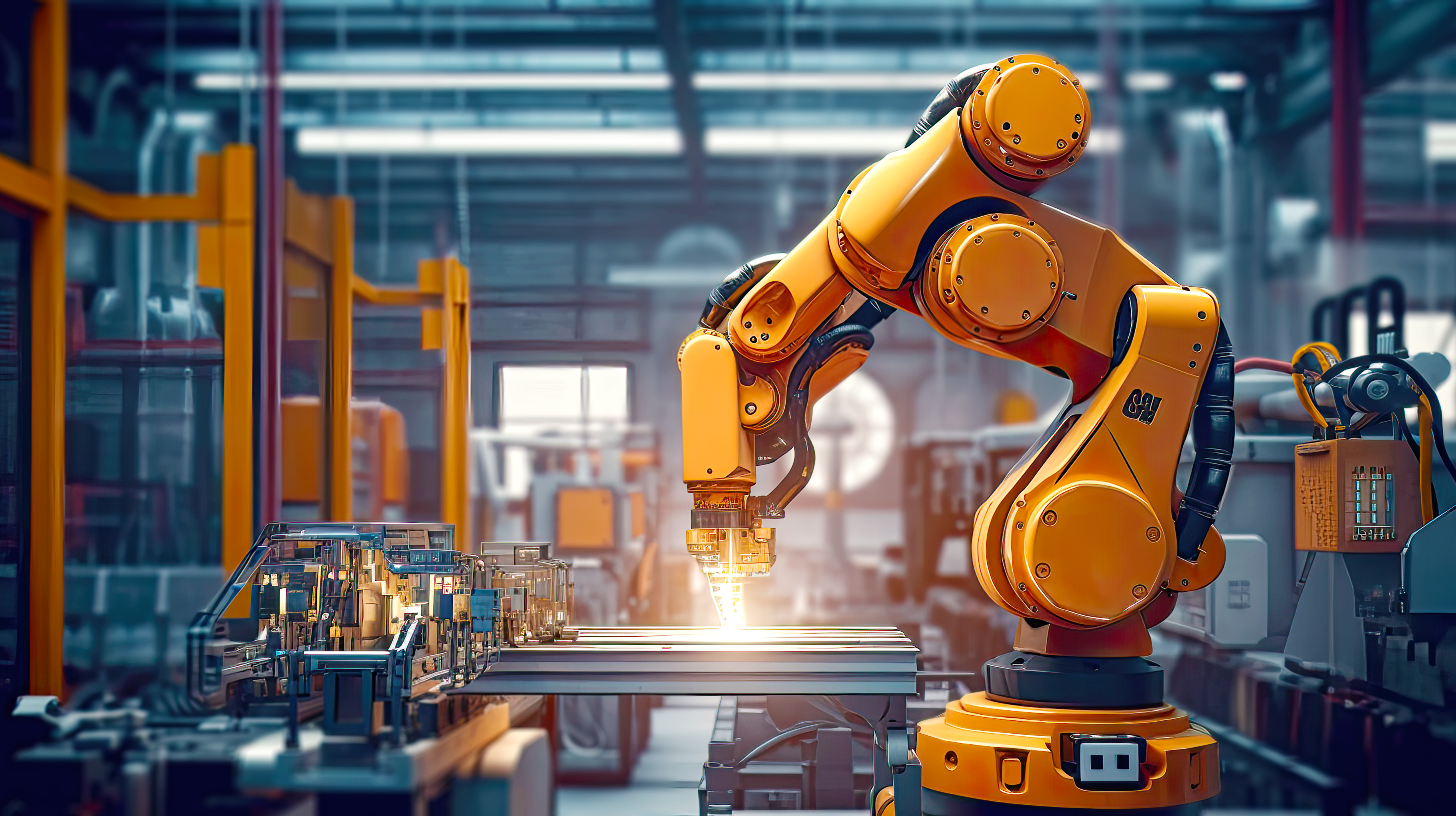October 15, 2024
Digitisation in UK Manufacturing: Playing Catch-Up

The Context
The UK remains the seventh largest manufacturing nation in the world, but its position is no longer guaranteed.
While automation and smart technology define the fourth industrial revolution — Industry 4.0 — the UK is falling behind. Manufacturers know they need to digitise to survive, yet adoption has stalled.
According to the International Federation of Robotics, the UK is the slowest G7 country to adopt new technology and the only one outside the global top 20 for robot density.
That’s not just a statistic. It’s a warning.
Why Robot Density Matters
Robot density — the number of robots per 10,000 workers — is a direct indicator of automation maturity.
The global average is 141 robots per 10,000 workers.
The UK has just 101 (Balloon One).
By comparison, Slovenia, the 61st largest manufacturer, ranks 10th globally for robot density.
Automation is the backbone of Industry 4.0. Without it, UK manufacturers risk being left behind as others move to dark factories, autonomous lines, and fully integrated digital production.
The Real Problem: Underinvestment in Technology
Most UK manufacturers agree that underinvestment is the biggest barrier to digitisation.
A recent iBASEt survey found that:
- 93% believe continued underinvestment will cause businesses to collapse within ten years.
- 73% say reliance on legacy technology is more damaging than Brexit.
Economic instability, inflation, and short-term firefighting have delayed progress, but the cost of standing still is now greater than the cost of change.
Legacy systems aren’t just inefficient — they make it impossible to compete on productivity, precision, and data.
Turning the Tide
Digitisation isn’t about replacing people; it’s about using technology to solve the problems humans can’t fix alone.
Automation could close the 100,000-job vacancy gap in UK manufacturing and recover up to £7 billion in lost output (Make UK).
It also boosts productivity — an area where the UK still lags 16% behind other industrialised nations.
The solution is clear: rapid digitisation across all functions, not just the factory floor.
Beyond Production: Digitising Sales and Marketing
Digital transformation doesn’t end in production lines — it extends to how manufacturers market, sell, and deliver their products.
Export growth targets are ambitious — £1 trillion in manufacturing exports by 2030 (UK Gov). To get there, manufacturers need to modernise how they engage customers, not just how they produce goods.
That means adopting digital and virtual tools that reduce cost, speed up sales cycles, and make complex products easier to understand.
With MarTech3D | Engine, manufacturers can digitise their sales and marketing processes — replacing traditional product demos, print brochures, and physical trade show displays with interactive 3D product visuals that show products clearly, instantly, and globally.
If automation is the future of production, 3D asset creation is the future of communication.
The Takeaway
UK manufacturing is standing on the edge of another industrial revolution — one powered by data, automation, and digital clarity.
But innovation without adoption means nothing.
Whether it’s on the factory floor or in the sales process, digitisation needs to happen now, not next quarter.
Manufacturers who act today — investing in automation, 3D asset creation, and digital tools across their business — will be the ones still standing tall in the next decade.




.jpeg)









